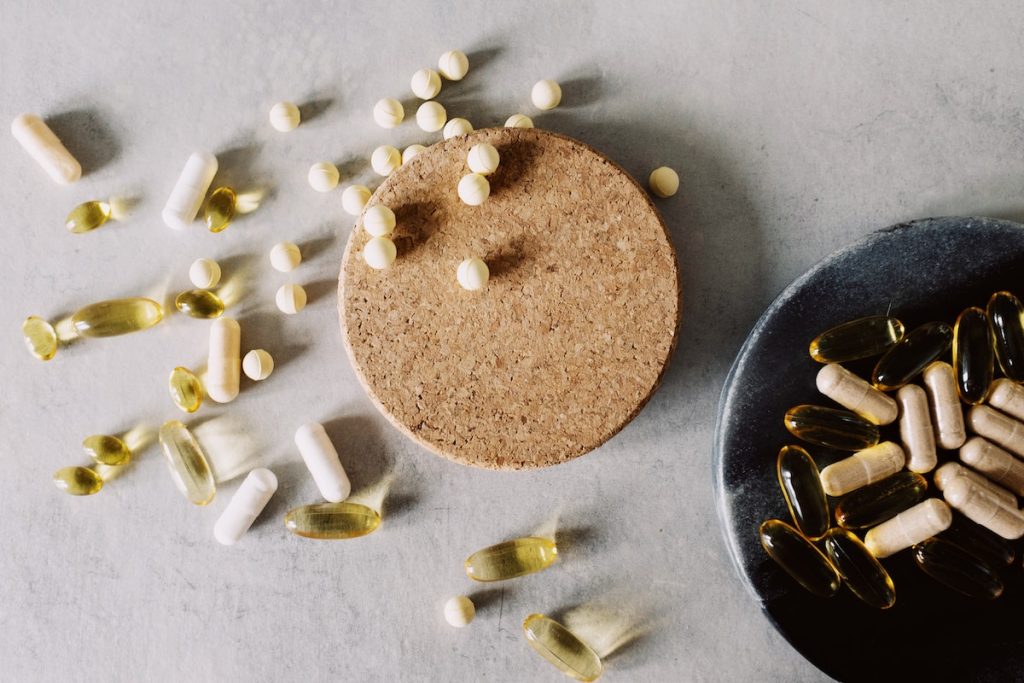- Conduct comprehensive market research to identify growing demand for medications or treatments.
- Ensure regulatory compliance and stay updated with changing regulations and industry standards.
- Invest in quality equipment, sterilization and cleanroomtechnology, laboratory and quality control equipment, and comprehensive training programs.
- Develop robust distribution channels to ensure the medications reach the intended audience.
- Choose the right flooring for a pharmaceutical manufacturing facility, such as urethane cement.
The pharmaceutical industry is undeniably one of the most vital and complex sectors in the global market. Its significance has been particularly highlighted recently, with pharmaceutical companies at the forefront of battling global health crises. Starting a business in this domain can be both rewarding and challenging. If you want to venture into pharmaceutical manufacturing, here are five tips.
1. Conduct Comprehensive Market Research
Understanding the market landscape is the first step toward launching a successful pharmaceutical manufacturing business.
Begin by identifying the specific medications or treatments that have a rising demand. Look at illness trends, emerging health concerns, and gaps in current treatment options. It’s also essential to understand your competition. Who are the major players in the market, and what niches are they serving? This research will inform your business decisions and provide insights into potential partnerships, mergers, or acquisitions.
2. Ensure Regulatory Compliance
In the pharmaceutical industry, regulatory compliance isn’t just a formality; it’s a necessity.
Every country has its regulatory body, like the FDA in the United States, which oversees medication production, sale, and distribution. Familiarize yourself with the guidelines set by these authorities. This includes ensuring the safety and efficacy of your products, maintaining proper documentation, and conducting regular audits. Non-compliance can lead to severe penalties, including shutting down your operations, so staying updated with changing regulations and industry standards is vital.
3. Invest in Quality Equipment and Training

High-quality products begin with high-quality equipment and a skilled workforce.
When setting up your manufacturing unit, prioritize advanced and reliable equipment. Regular maintenance checks are a must toprevent any malfunctions that could compromise product quality. Simultaneously, ensure that your team is well-trained. This goes beyond just understanding the machinery. They should know industry best practices, safety protocols, and the science behind the medications they’re producing.
Here are some quality equipment to invest in:
High-Performance Processing Equipment
Investing in high-performance processing equipment is crucial for efficient production. These machines are designed for precision and consistency, producing superior product quality. Technologies like high-shear mixers, fluid bed dryers, and granulation equipment can drastically improve your operations, reducing waste and increasing yield.
Sterilization and CleanroomEquipment
In pharmaceutical manufacturing, sterilization and cleanroomequipment are non-negotiable. They ensure a clean and sterile production environment, reducing contamination risk. Equipping your facility with state-of-the-art sterilizers, air filtration systems, and cleanroomtechnology can significantly enhance product safety and integrity.
Laboratory and Quality Control Equipment
Quality control is an integral part of pharmaceutical manufacturing. This involves investing in top-tier laboratory equipment for testing and validation. Instruments such as spectrophotometers, chromatography systems, and dissolution testers are essential tools for rigorous product quality checks and meeting regulatory standards.
Comprehensive Training Programs
Lastly, investing in comprehensive training programs is just as crucial as procuring quality equipment. Ensuring your workforce is proficient with the machinery and updated on industry best practices can greatly improve production efficiency and safety. It also empowers employees to troubleshoot problems, maintain equipment, and uphold the highest quality standards.
4. Develop Robust Distribution Channels
An effective distribution strategy ensures your medications reach the intended audience.
Forge strong relationships with distributors and retailers. Consider offering incentives or discounts for bulk orders. Ensure your products are stored and transported under the right conditions, especially temperature-sensitive ones. Exploring direct-to-consumer sales through online platforms might also be worthwhile, expanding your reach and providing an additional revenue stream.
5. Choose the Right Flooring
While it might seem trivial, choosing flooringin a pharmaceutical manufacturing facility is paramount.
Urethane cement flooring stands out as an ideal choice for this industry. This is because it’s durable, resistant to heavy machinery, but also seamless and non-porous. This means it doesn’t allow for microbial growth, an essential feature given the stringent hygiene standards in pharmaceutical manufacturing. Additionally, urethane cement is resistant to chemicals, ensuring accidental spills won’t compromise the floor’s integrity or pose a contamination risk. Investing in urethane cement flooring is a wise decision in a setting where cleanliness and durability are vital.
In Summary
Embarking on a journey inpharmaceutical manufacturing is undoubtedly ambitious. It demands a meticulous approach, a commitment to quality, and an unwavering adherence to industry standards and regulations. From conducting thorough market research to making informed infrastructure choices like opting for urethane cement flooring, every decision you make will shape the trajectory of your business. With dedication, informed strategies, and a focus on innovation, you can establish a name for yourself in this crucial industry and contribute positively to global health outcomes.



